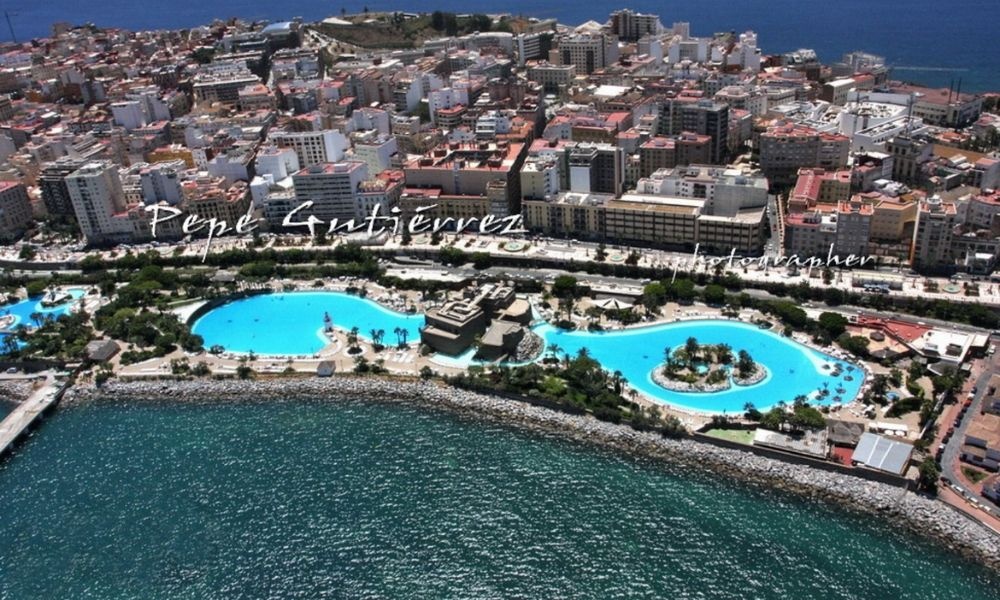
Welcome to our new website, a direct line of communication designed to enhance business relationships by providing a clear and transparent overview of our work.
Our entire company staff are excited about taking up this new challenge, aware that new technologies are the key to continuing to offer the very highest quality and effectiveness in our services.


Ceuta, a land of curiosities (III)
In our series Salama: Ceuta, a land of curiosities, we have been talking about the role of the port as a means of communication, food and development. The fact is that for centuries, the water has carried numerous civilizations and left them on our shores, and with them came merchandise, words, ideas, structures... all shaping the reality we now find ourselves in. If you want to know more about the idiosyncrasy of Ceuta, it is important to know about its history, a history Salama has been witness to as a port agency in the Strait of Gibraltar since 1856.
A tour of the history of the Port of Ceuta
Port of Ceuta enjoys a strategic position, the reason why it has been a fundamental enclave for many centuries. Merchant nations like the Phoenicians, the Greeks and the Carthaginians realised this straight away, using is as a base and stopover on their routes and as a starting point to discover new territories. The Byzantines, the Visigoths and the Arabs became owners of this valuable territory, bestowing it with great commercial and cultural value lasting to this day. Since ancient times the location has been important for the export of valuable products such as gold, ivory and manufactured goods unknown to the European continent.
During the Middle Ages and the Modern Age, important changes took place with regards to commercial routes and ports of destination, and three major lines were established (Occidental, Western and Eastern). Ceuta went on to become one of the most wanted areas in the eyes of the Castilians, Aragonese, Portuguese and Genoese. At the beginning of the 15th century, king John I of Portugal incorporated it into his kingdom and it became an essential naval base for his expeditions to the Indies.
Ceuta and its military perspective
In the 16th and 17th centuries the area became very important from a military perspective and focus was placed on defensive fortifications. This left the navigable moat, or Albacar, as its only artificial port until the end of the 17th century. The first shipyards of Ceuta (in San Amaro) and a dock in the Almina moat also date from this time. Over time, they became the only artificial port in Ceuta and the only connection to the mainland until well into the 20th century. In those times, coral harvesting and fishing were the main two commercial activities.
In the 19th century, with the African war, it became clear that workswere needed to improve and shelter the port of Ceuta. An area of 44 hectares with a draft of 5 to 9 metres was assigned for this purpose. At the end of the century the initiative was considered insufficient and a new project was advocated with a minimum area of 100 hectares and a maximum draft of 20 metres. It was decided that the North Dock would have two arms, increasing the sheltered anchorage and also with a view to possible extensions.
However, the most important improvements at the Port of Ceuta had to wait until the 20th century. In 1904 the Port Works Board was created, and merchandise export was allowed. Shortly after, a new project was drawn up where the intention clearly was to attend to the expected increase in commercial traffic. It provided for the North Dock Pier (now called Puntilla); the North Dock, Alfau and the South Pier (now called España). After several modifications, docks, warehouses and services were built and there was a notable increase in merchandise traffic and provisioning of goods in the Port of Ceuta.
During the second half of the century, the Strait of Gibraltar became a main maritime route. This fact was later affected by various circumstances, but things changed again in the 90s with improved port facilities, new commercial options, being areference point for bunkering in the Strait of Gibraltar and increased competitiveness, among many other things.